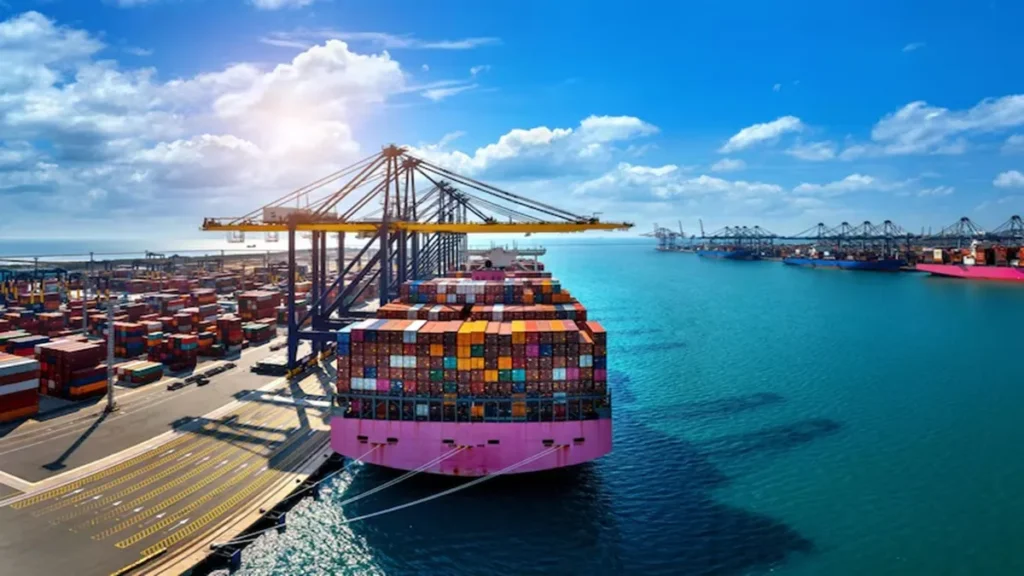NEW DELHI: An import monitoring group has been set up in the ministry of commerce to track any possible spurt in inflows of goods into India as many countries including China aggressively seek alternative markets after Trump tariffs reduce access to the US markets.
A senior official said Monday that the group will have officials from the departments of commerce, revenue and the one for promotion of industry and internal trade. It will also be roping in line ministries dealing with products where import surge is seen and industry associations for inputs.
The official said that any clear signals on import surge are likely to manifest from June-July. First part of the reciprocal tariffs have already become operational and the second tranche will come into force from April 10. As there is still time for these tariffs to get fully operational, exporters from across the world have dashed shipments to the US to beat that deadline. Surpluses will be available for diversion to India in may and beyond, the official added.
The purpose of the group is to pick up early signals and notice any surge due to trade diversion at an early stage instead of waiting for the domestic industry to flag it so that remedial action is faster, he said.
“The idea is to observe these imports and see if any measures need to be taken. It will look at all the data points closely, including shipments coming from air and sea routes. While intense watch is required, volatility in imports is normal,” he added.
To deal with the surge and check it, the government will use the established procedure of dealing with dumping through the Directorate General of Trade Remedies (DGTR). This mechanism requires investigation after which safeguard or anti-dumping duties can be imposed. Pending completion of investigation the DGTR can also recommend imposition of provisional anti-dumping duties.
The products where the immediate surge is seen is in consumer goods and later intermediate goods and raw material may also try to seek markets in India. Special focus will be on China and some other countries in Asia Pacific like Vietnam, Thailand and South Korea with whom Indian supply chains are more closely integrated.
One key reason that the experts and exporters fear dumping in India is that the reciprocal tariff plan has imposed higher duties on India’s competitors. While the US has imposed an additional 26% import duty on India, its competitor Vietnam is facing 46 %, China 34 %, Indonesia 32 % and Thailand 36 %.
The official, however, added that this situation also provides an opportunity to the domestic industry to procure intermediate goods at affordable rates from China and other countries in East Asia.
Another official said that to support exporters facing 26% additional duties in the US, the government is also stepping up efforts to help exporters explore new markets.
The commerce ministry is fast-tracking formulation of its Export Promotion Mission to support exporters in areas such as providing credit at affordable rates; and negotiations of proposed free trade agreements with the European Union, Oman, New Zealand and the UK.
Additionally, officials have been directed to hold a series of bilateral meetings with the identified 20 countries such as Australia, Brazil, China, and France for pushing India’s exports.
Source: The Financial Express

 General Insurance Industry Likely To Grow 13% In FY26: India Ratings
General Insurance Industry Likely To Grow 13% In FY26: India Ratings 